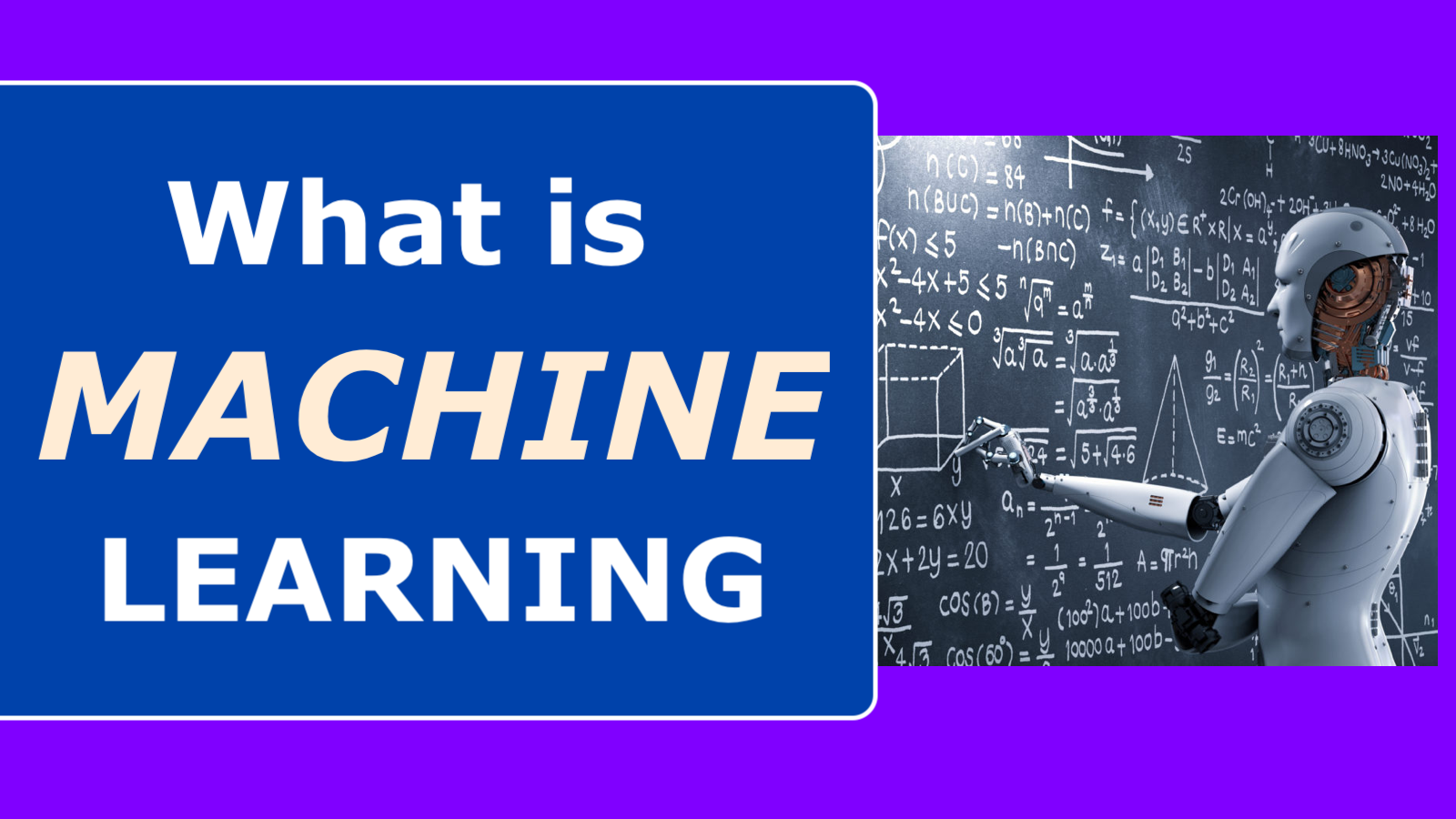ML Introduction
Preprocessing
Regression
Classification
What is Machine Learning?

Machine Learning

Machine Learning
Machine Learning (ML) is a subset of artificial intelligence (AI) that involves the development of algorithms and statistical models that enable computers to learn from and make decisions based on data.
Instead of being explicitly programmed to perform a specific task, machine learning models are trained on data to identify patterns and make predictions or decisions.
Key Concepts of Machine Learning:
1. Algorithms
- The procedures or formulas for solving a problem. In ML, these are used to identify patterns within data.
2. Training Data
- The dataset used to train the model. It includes input data and the corresponding correct output.
3. Features
- The individual measurable properties or characteristics of the data.
- For example, in a house price prediction model, features could include the size of the house, the number of bedrooms, and the location.
4. Labels
- The output or target variable that the model is trying to predict.
- In supervised learning, each training example has an associated label.
- For example, the house price is the label in the housing data.
5. Model
- The model is the output of the machine learning algorithm trained on the data.
- It can make predictions or decisions based on new input data.
Types of Machine Learning:
1. Supervised Learning
- The model is trained on labeled data, meaning the input data is paired with the correct output.
- The goal is to learn a mapping from inputs to outputs.
- Common algorithms include linear regression, logistic regression, and support vector machines (SVM).
- Predicting house prices based on features like size, location, and age.
- Or, Classifying emails as spam or not spam.
Examples:
2. Unsupervised Learning
- The model is trained on unlabeled data, and the goal is to identify patterns or structures within the data.
- The unlabeled data means input data has not paired with the correct output labels.
- Common algorithms include k-means clustering and principal component analysis (PCA).
- Customer segmentation for marketing purposes.
- Reducing the dimensionality of data for visualization.
Examples:
3. Reinforcement Learning
- The model learns by interacting with an environment and receiving feedback through rewards or penalties.
- Reinforcement learning involves learning through trial and error, using feedback from its own actions and experiences.
- The goal is to learn a strategy that maximizes cumulative rewards.
- It is widely used in robotics, gaming, and autonomous systems.
- Training a robot to navigate a maze.
- Developing game-playing AI, such as AlphaGo.
Examples:
How Machine Learning Works
1. Data Collection
- Gathering relevant data that represents the problem you are trying to solve.
2. Data Preprocessing
- Cleaning and transforming the data to make it suitable for analysis.
- This includes handling missing values, normalizing data, and encoding categorical variables.
3. Choosing a Model
- Selecting the appropriate algorithm based on the problem type (regression, classification, clustering, etc.).
4. Training the Model
- Feeding the training data to the algorithm to find patterns and learn the mapping from inputs to outputs.
5. Evaluation
- Assessing the model’s performance using a separate test dataset to ensure it generalizes well to new data.
6. Hyperparameter Tuning
- Adjusting the algorithm’s parameters to improve model performance.
7. Prediction
- Using the trained model to make predictions on new data.
Applications of Machine Learning
1. Healthcare
- Predicting disease outbreaks, diagnosing illnesses from medical images, and personalized treatment plans.
2. Finance
- Fraud detection, algorithmic trading, and credit scoring.
3. Marketing
- Customer segmentation, personalized recommendations, and targeted advertising.
4. Transportation
- Autonomous vehicles, route optimization, and demand forecasting for ride-sharing services.
5. Entertainment
- Content recommendation systems for streaming services, such as Netflix and Spotify.
Machine learning is a powerful tool that continues to transform various industries by enabling data-driven decision-making and automating complex tasks.